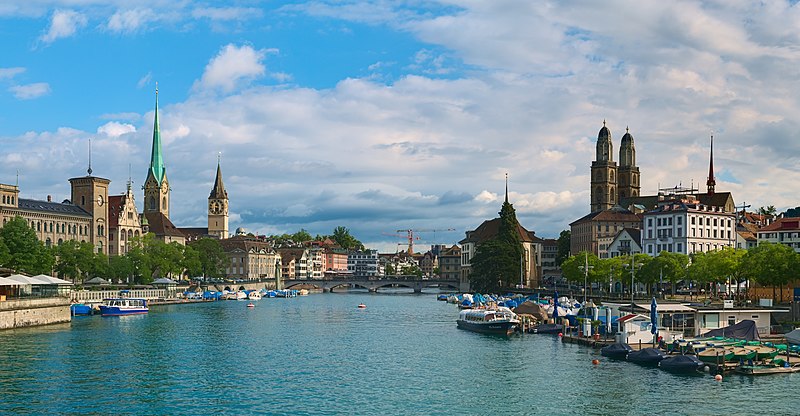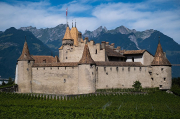
Over the past decade, Switzerland has seen a notable increase in urban areas, with the registration of three new urban zones and ten additional cities between 2010 and 2020.
This growth underscores a significant shift in the country's demographic landscape, as only 14% of the population now resides in rural areas.
Despite this urban surge, rural municipalities still cover 57% of Switzerland's land area, according to the Federal Statistical Office (FSO). However, cities occupy 17% of the land but are home to 65% of the population and accommodate 76% of the workforce, highlighting the concentration of economic activity in urban centers. Merely 9% of employees operate in rural municipalities.
Switzerland's 52 urban agglomerations, comprising densely populated urban cores and surrounding municipalities functionally linked to them, now house 6.6 million residents. This represents a 1.4% increase over the past decade, with almost half of Switzerland's municipalities being part of such agglomerations.
The FSO's latest data reveals the emergence of three new agglomerations: Burgdorf in the canton of Bern, Mels-Sargans in St. Gallen, and Reinach in Aargau. While population figures have remained steady, changes in the composition of core and surrounding municipalities have occurred within existing agglomerations.
Furthermore, the number of municipalities meeting the statistical criteria to be classified as cities has risen to 172, marking an increase of ten since 2010. Notably, no municipality has lost its city status during this period. The definition of a city, as per statistical standards, excludes rural municipalities comprising multiple villages.
Overall, 24% of Switzerland's 2,131 municipalities are categorized as urban, 49% as rural, and 27% fall somewhere in between. These classifications are determined by factors such as population density, size, functional connectivity, and the dynamics of economic and urban development, including transportation infrastructure.
The FSO revises the categorization of municipalities every decade to reflect evolving demographic and spatial trends. Photo by Daniel Kraft, Wikimedia commons.



































